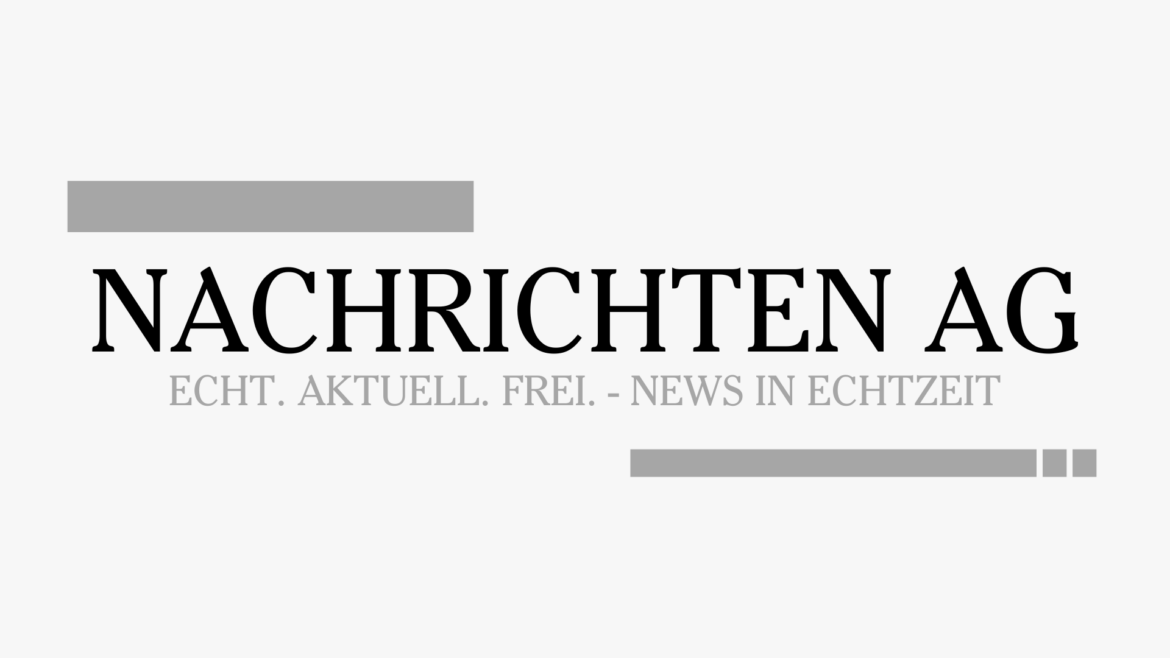
Asse II, a former salt mine in the Wolfenbüttel district, has been used as a storage facility for radioactive waste since the 1960s. With approximately 126,000 barrels of low- and medium-level radioactive waste stored in 13 chambers, the facility is facing challenges due to water infiltration, leading to its classification as deteriorating and requiring mandatory evacuation according to the law.
The recent development of saline water seeping into deeper layers of the mountain, reaching 725 meters underground, poses a significant challenge for Asse II. This intrusion threatens the storage area located just 25 meters below, where thousands of barrels of radioactive waste are stored. The Federal Company for Radioactive Waste Disposal (BGE) has emphasized the importance of addressing the altered saline water intrusion to ensure the safe operation of the underground facility.
In response to the escalating situation, the Federal Office for the Safety of Nuclear Waste Management (BASE) has called for expedited actions, urging faster implementation of waste retrieval and emergency preparedness measures. BASE President Christian Kühn emphasized the need for swift progress in addressing the current risks and ensuring the safety of the surrounding area.
During a special event called „Asse Aktuell,“ BGE provided insights into the emergency response procedures, highlighting that declaring a state of emergency would only occur if the saline water intrusion becomes uncontrollable from a technical perspective. In such a scenario, the underground mine would need to be flooded to prevent further environmental contamination.
The ongoing concerns about the safety of Asse II have raised discussions about the necessity of accelerating the evacuation and safety measures. With water influx into the facility becoming increasingly challenging to manage effectively, stakeholders are under pressure to take decisive actions to mitigate the potential risks associated with radioactive waste storage in the region.
Analysierte Kommentare in sozialen Medien: 165
Analysierte Forenbeiträge: 59
Ursprünglich wurde es in den 1950er Jahren aus einer Boje entwickelt! Seither ist es ein fester Bestandteil jeder Gartenparty und das Herzstück jeder geselligen Runde im Freien.
Lösung anzeigen
